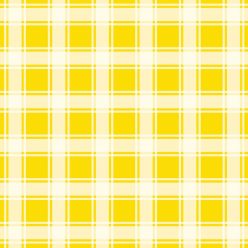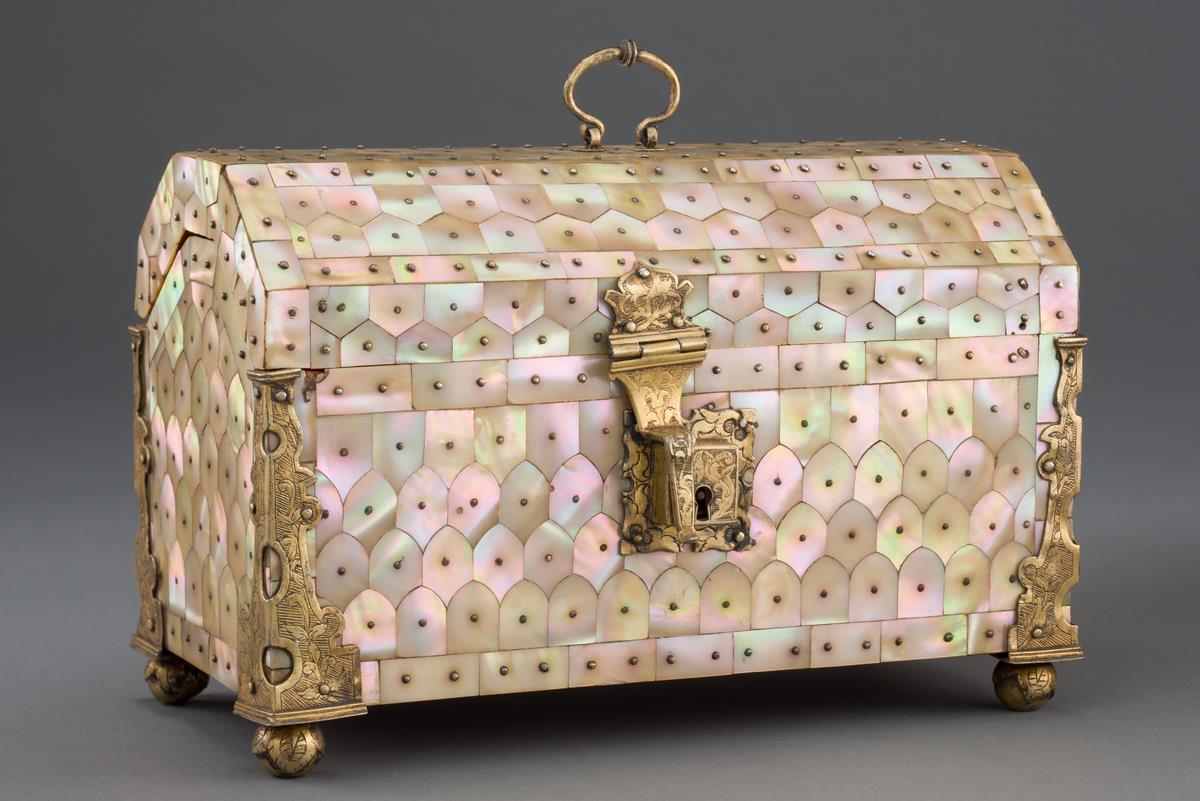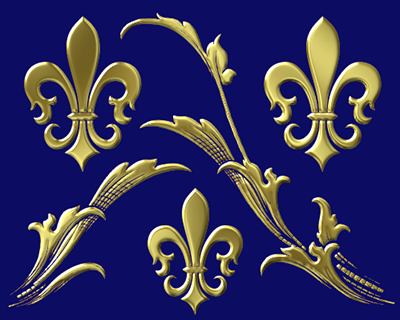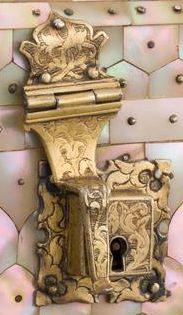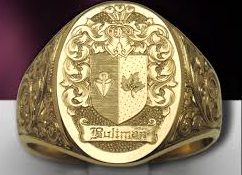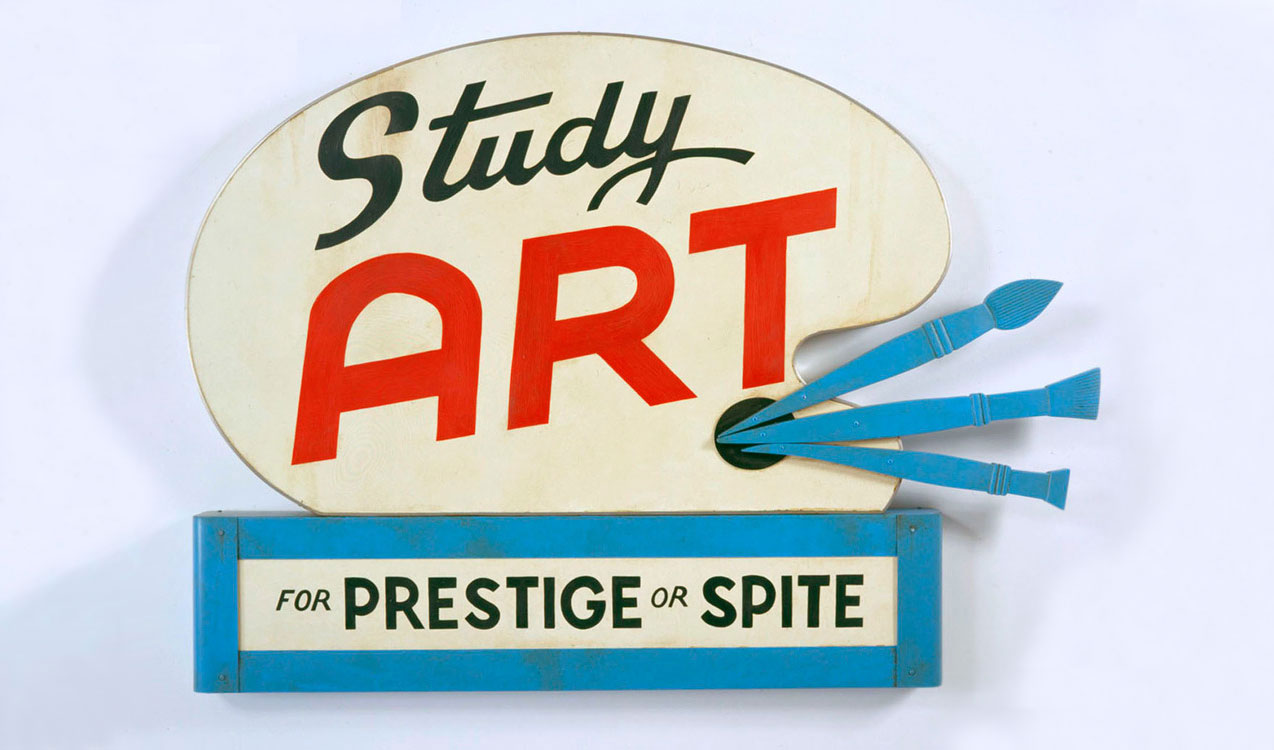Although I would say I don’t have a specific favorite fruit, vegetable, spice, or flower, for the purpose of this journal I will be writing about the kamboja tree/flower, or more commonly known as the frangipani/plumeria.

As a child, I used to go for Balinese dance lessons and while I stopped at age 6, these lessons and the Balinese culture had left a lasting impression in my memory. I would meet up with my dance teacher whenever I get the chance to go to Bali, and there the streets would be littered with kamboja trees. I remember I loved getting ready for the performances – my mom would put on makeup for me and my teacher would dot my temples with white paint and put flowers in my hair. These are the bunga kamboja, as we call it. (Pictured right is me and my mom)
To me, the kamboja is indigenous to Bali. However, after some googling, I found out that to others, they might relate the flower to Hawaii – which made sense to me. Little did I know, we were all wrong! The kamboja/frangipani is in actuality, indigenous to the South Americas, specifically Mexico, in the 19th century. Others claim that it was brought over to the Americas from the Caribbean by Spanish priests.
I also found out that the kamboja is significant in many cultures – it is even the national flower of Nicaragua!
Reading up about the kamboja, I’m glad to know more about this nostalgic flower, but to me it will always be a reminder of Balinese dance and the simpler times of my childhood.
